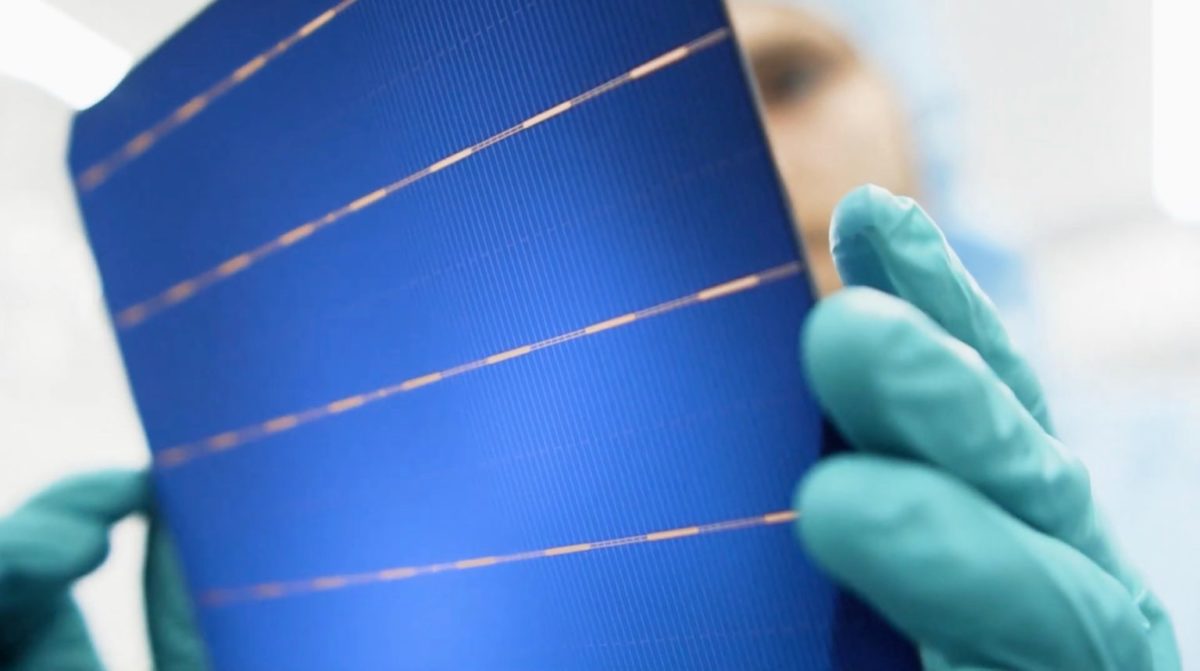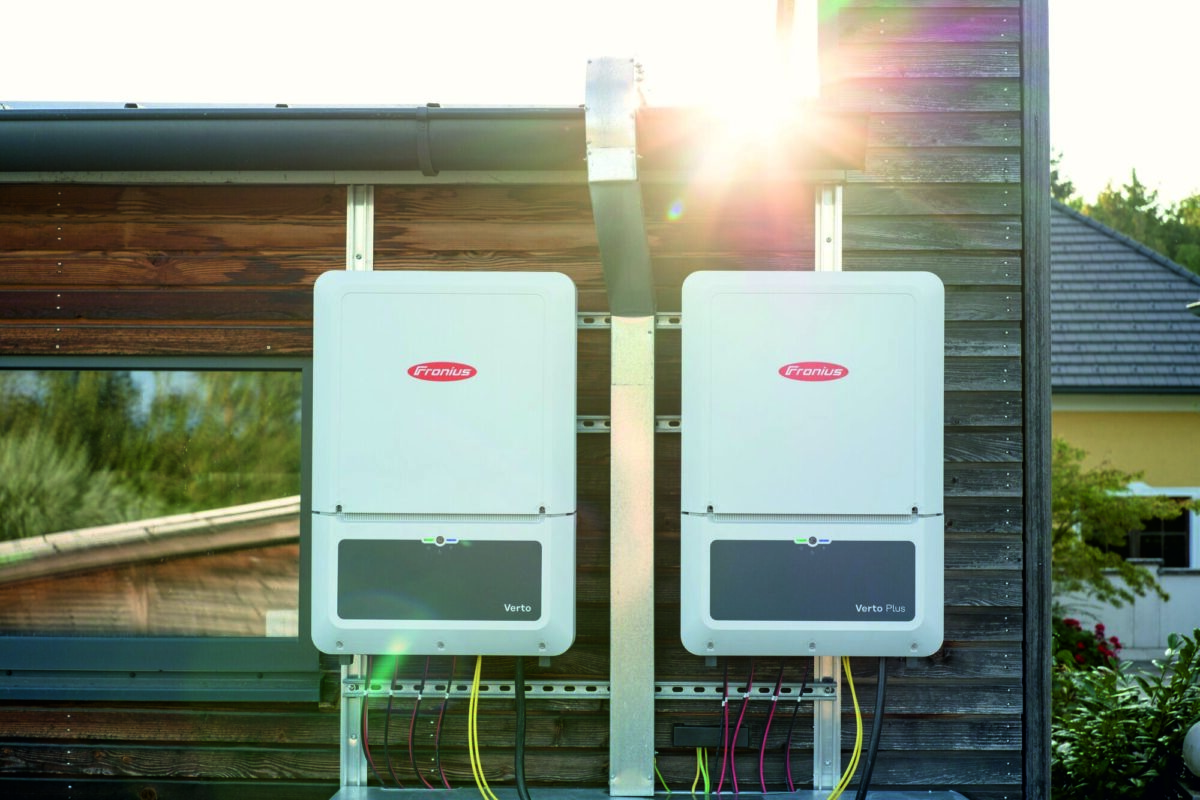In recent weeks it has been hard to find a silver lining in the Australian government’s energy policy. However, despite the government’s ongoing efforts to minimize clean energy funding while co-opting whatever funds are left for fossil fuels, it appears as if a silver lining has been spotted. Ironically, though, it has been spotted on its way out.
That is because the silver lining in question is Aussie startup SunDrive, which has managed to break through one of the key barriers to broader adoption of next generation solar cells – namely, the expensive necessity of silver. SunDrive’s technology – which now has the support of AU$3 million (US$2.2 million) in funding from the Australian Renewable Energy Agency (ARENA) – replaces the use of silver with far more copious, and therefore less expensive, copper.
Worldwide, the production of solar panels is estimated to use 20% of the globe’s yearly industrial silver consumption. That figure is likely to rise as demand grows for higher efficiency next-generation solar cell structures, which require two to three times more silver per cell than their antecedents.
Interestingly, this is not the limit of SunDrive’s innovation. Following on from its successful fabrication of Australia’s most efficient industrial-size solar cell in 2019, the company is trying to further improve efficiencies with a simpler manufacturing process and a thinner solar cell that will require less silicon. This small-scale automated production line could prove instrumental in the development of long-term technology production in Australia.
Of course, none of these advancements just fell out of the sky, even if the solar energy they harness does. SunDrive’s technology began its development when its CEO, Vince Allen, was researching for his PhD at the University of New South Wales (UNSW) before founding the startup with his flatmate, David Hu.
ARENA CEO Darren Miller noted the importance of continually evolving solar cell structures as Australia transitions its energy system. “It’s fantastic to see an Australian solar startup at the forefront of producing the next generation of high-efficiency solar cells,” said Miller. “Through technological innovations from startups like SunDrive, Australia will remain at the forefront of solar innovation and research and development for years to come.”
Start on the roof
SunDrive’s initial focus is going to be the rooftop solar sector. Rooftop solar is the ideal place for SunDrive’s technology to enter into the market because the limited space allows the most efficient solar cells to shine the brightest, producing more energy for every square foot.
SunDrive expects these next generation cells to become even more inexpensive than today’s general cells and thus become useful for large-scale projects.
“With ARENA’s support we feel incredibly proud to be in a position to contribute to Australia’s rich heritage of advancing solar cell technology,” said Allen. “With this project we have an opportunity in Australia to lead the world in creating the best version of next generation solar cells. Our goal is to use the learnings from this project to bring to life a superior solar technology, creating new local industries which can compete on the global stage.”
“With only 3% of world electricity coming from solar today, there is still so much innovation that must occur,” Allen concluded.
This content is protected by copyright and may not be reused. If you want to cooperate with us and would like to reuse some of our content, please contact: editors@pv-magazine.com.




Guzel